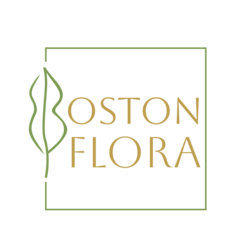Sunday, August 9, 11:00 am – 1:00 pm – Ornamental and Edible Native Plants Online
Join horticulturists, garden designers, and artists Allyson Levy and Scott Serrano on August 9 from 11 – 1 to explore outstanding and edible native plants. They will share the magnificent diversity of American plants, showcasing highly ornamental and edible varieties that ought to be used widely in American gardens but are often not seen anywhere but botanical gardens and arboreta. This Berkshire Botanical Garden online program will include a lecture with visuals as well as a question and answer period.
Allyson Levy & Scott Serrano are two obsessed gardeners who garden all year long. Their goal has been to create a botanical garden that can serve as an educational resource for the public, as well as a “living textbook” of the diversity of plant life that can be grown in the Hudson Valley. Both are botanical artists who began buying plants for their artwork. When they realized they were buying and planting the same plants, they began to design a garden that is now the Hortus Arboretum & Botanical Garden.
BBG members $10, nonmembers $15. Register at https://www.berkshirebotanical.org/events/ornamental-and-edible-native-plants-online


